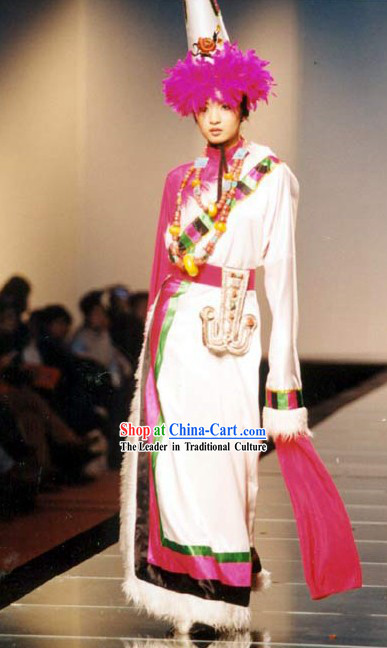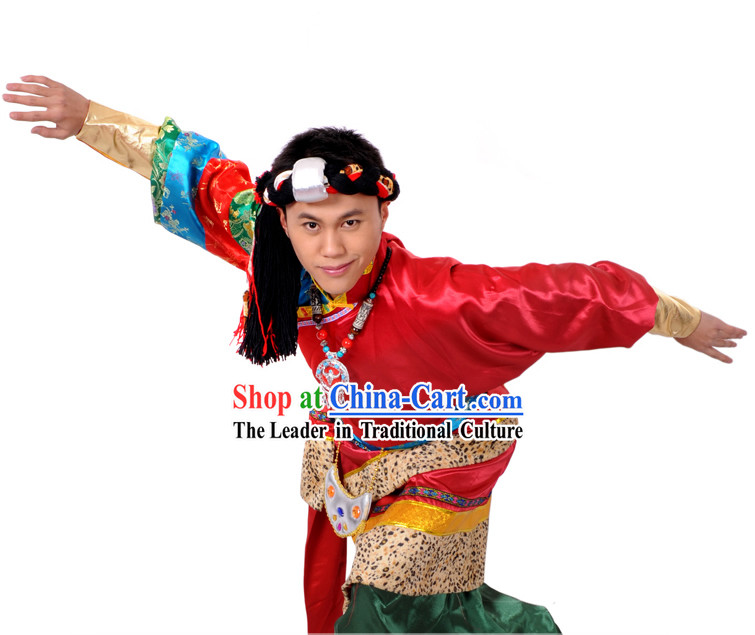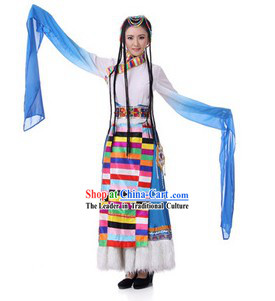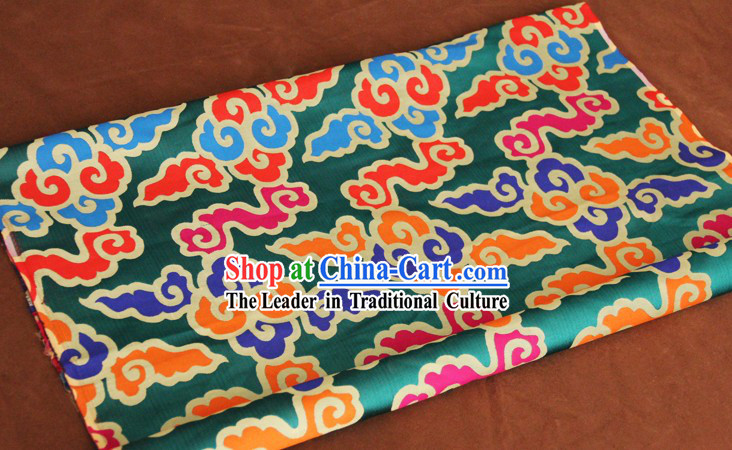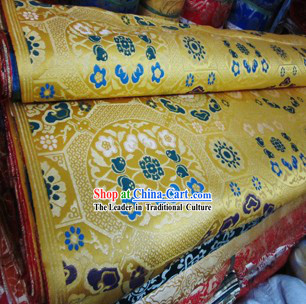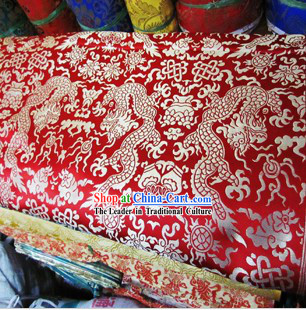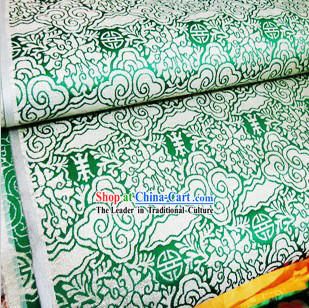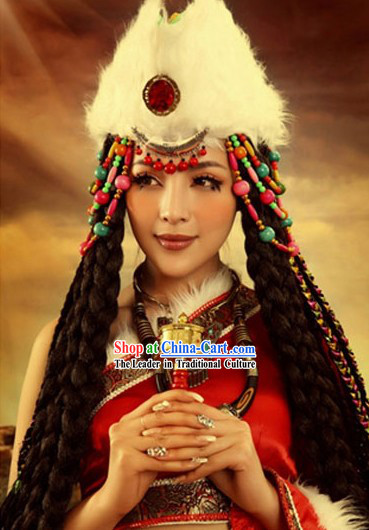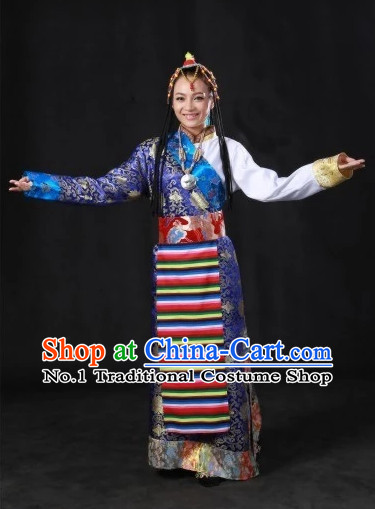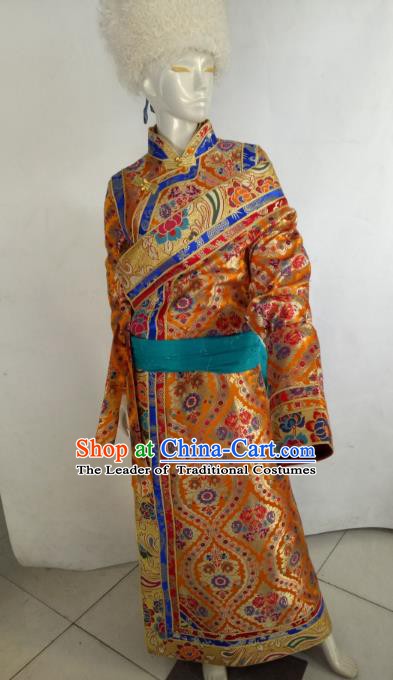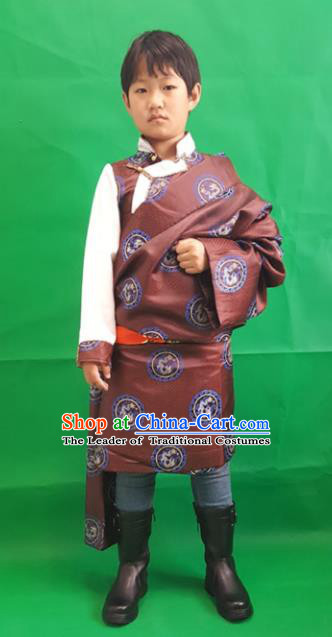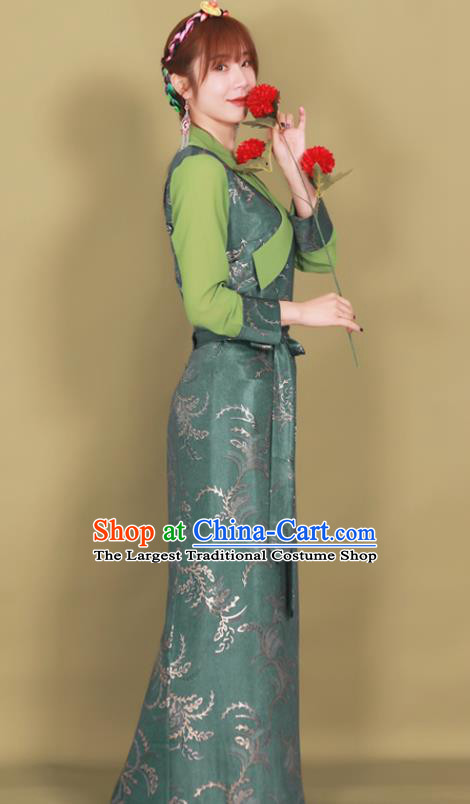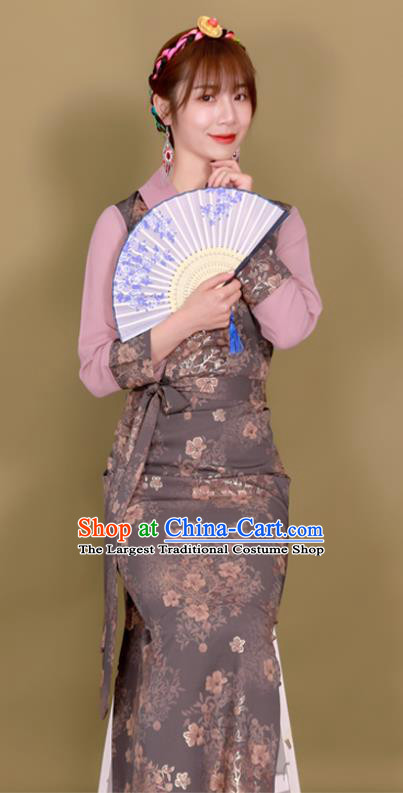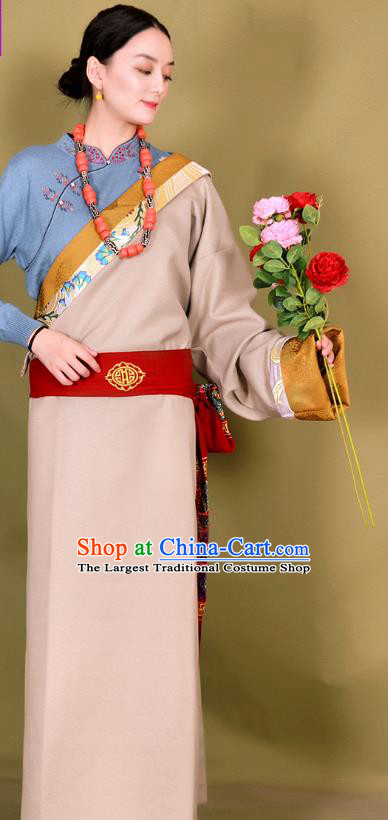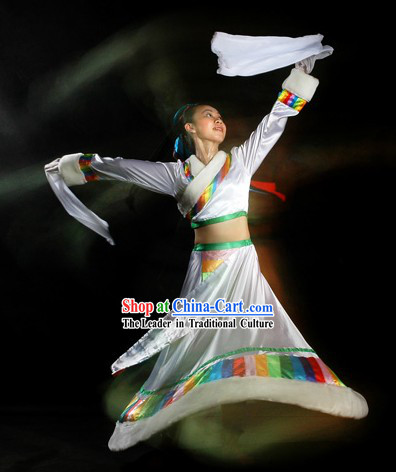
Click Related Pictures for More Audios:
Traditional Tibetan clothing in China is a form of art and culture that is steeped in mystery and unique charm.
It blends elements from various ethnic groups, including the Han, Tibetan, and others, to showcase the fusion and harmony of diverse cultures.
This clothing is renowned for its exquisite craftsmanship, rich patterns, and distinctive style.
In these garments, we can see many symbolic elements.
For example, red usually represents good fortune and joy, while white symbolizes purity and innocence.
Additionally, there are many animal motifs such as dragons, phoenixes, and qilins, which represent authority, happiness, and good luck respectively.
These patterns are not only aesthetically pleasing but also convey people's yearning and pursuit of a better life.
The process of making traditional Tibetan clothing involves several steps, including material selection, cutting, and sewing.
Among them, embroidery is one of the most distinctive techniques.
Embroiderers use various colored threads to intricately stitch patterns onto fabrics, adding more splendor to the clothing.
This exquisite skill makes each piece of Tibetan clothing an artwork.
Besides their visual appeal, traditional Tibetan clothing also has high practical value.
They are warm, windproof, waterproof, and durable.
Therefore, in the cold plateau regions, people often wear these garments to withstand the harsh weather conditions.
In conclusion, traditional Chinese Tibetan clothing is a form of art and culture that is full of charm and value.
It not only demonstrates the wisdom and creativity of the Chinese nation but also carries rich historical and cultural significance.
